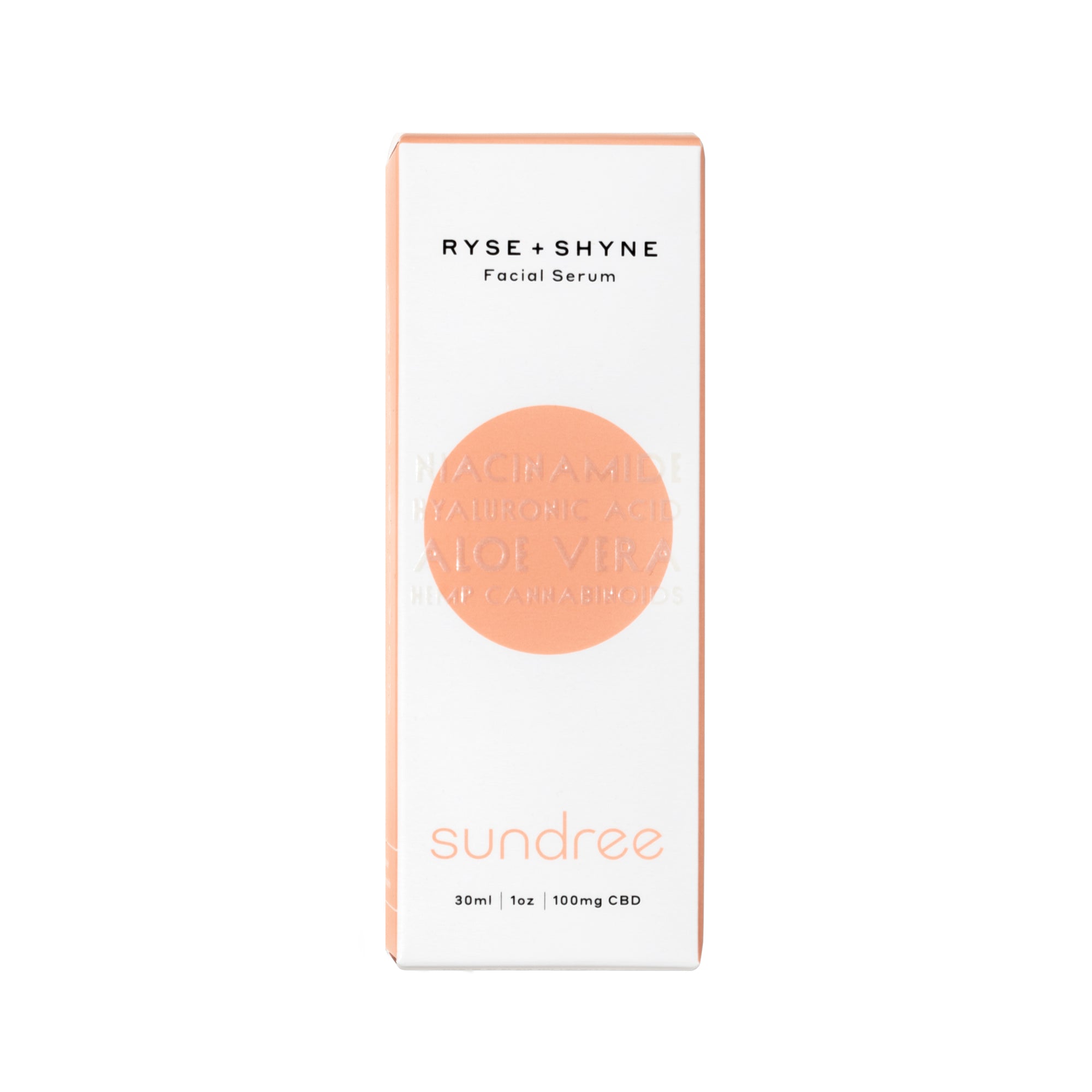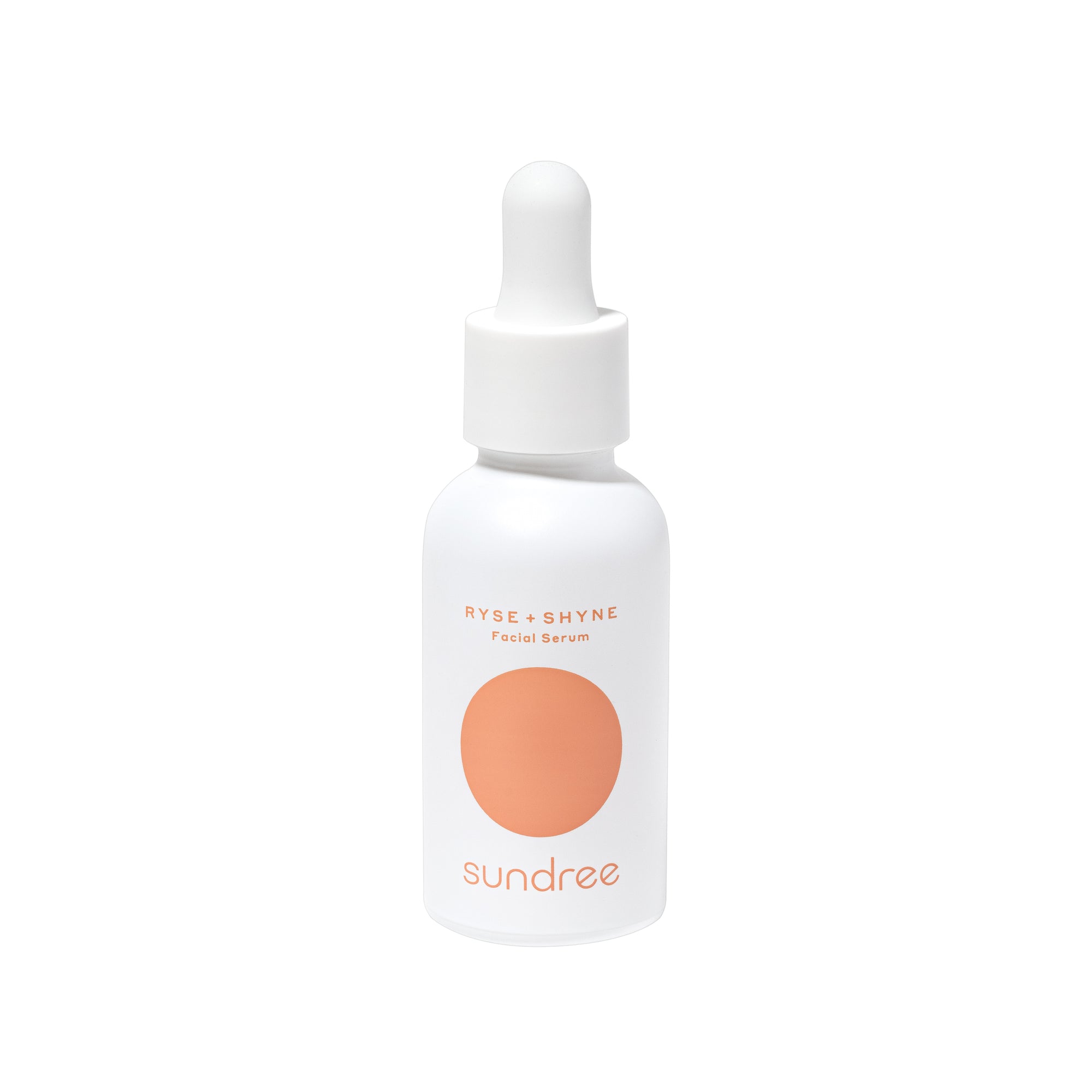Countless skincare tools and apparatuses are used to treat various skin issues, including acne, wrinkles, hyperpigmentation, and inflammation. LED light therapy, as well as microneedling, chemical peels, and vampire facials, have been growing in popularity.
LED light technology was initially used by NASA but has become popular as a non-invasive skincare procedure for home and in-clinic use. LED light was first used to fade post-surgery scars and speed up the natural wound healing process. However, it offers numerous other skin benefits too. Read on to learn how LED light therapy can help your skin.
What is LED Light Therapy?
LED stands for light-emitting diode. LED technology works by generating infrared lights in wide-ranging wavelengths of spectrums, causing the release of heat energy. LED light therapy harnesses the power of LED light for facial treatments. Different wavelengths of LED light are used for their respective skincare benefits. For example, amber light accelerates the synthesis of elastin and collagen, while white light absorbs deeper into the skin to improve elasticity and calm inflammation. Each wavelength works on different levels to produce different effects on the skin.
How Does LED Light Therapy Work?
As mentioned above, LED therapy does its work to deliver specific skin benefits by employing different infrared lights of varying wavelengths. Light-emitting diodes in LED therapy release low levels of light energy, which enters deep into the dermal layer of the skin. The skin transforms this energy into adenosine triphosphate (ATP), which fuels your cells need to perform cellular metabolic functions. Better cellular metabolism results in boosted collagen and elastin production in the cells. More significant amounts of these proteins repair or heal the skin faster and give it a youthful and radiant appearance. LED light therapy is commonly recommended for treating sun damage, acne, wrinkles, fine lines, uneven skin tone, fading scars, rosacea, eczema, and other inflammatory skin problems.
Types of LED Lights Used for Light Therapy
Blue, near-infrared, white, amber, and red are the most widely used LED lights for light therapy procedures to treat various skin problems. All the LED lights come with specific benefits and serve particular purposes. So let’s look at them closely to explore how each of them works.
- Red LED Light - Red LED light therapy is used to amp up collagen production in the skin. As we all know, collagen plays a crucial role in keeping our skin looking and feeling youthful and healthy. LED light can help us treat and prevent skin imperfections that cause the loss of firmness and radiance in the skin. It also regulates oil production, decreasing the likelihood of acne for those with oily skin. Red light also stimulates blood circulation to the skin, aiding in better delivery of nutrients and oxygen. Red LED light is powerful enough to enter past the epidermis and do its work on a deeper level.
- Blue LED Light - Blue LED light is commonly known for its antimicrobial action, which helps treat inflammation caused by acne, rosacea, psoriasis, and other types of skin inflammation. It inhibits acne-causing bacteria due to its ability to generate high energy from oxygen, which acts as a deterrent to the bacteria. Besides reducing current acne and blemishes, it also prevents future acne breakouts. Blue LED light is considered safe and works for all skin tones and types without causing irritation or redness.
- Near-Infrared Light - It is also called white LED light and is similar to red LED light. Since white light comprises all the wavelengths of the visible spectrums (red, orange, yellow, green, blue, and violet), it can penetrate deepest into the skin. It has a wavelength ranging between 700 and 1400 nm. Near-Infrared or white LED light penetrates deep into the skin to treat deep-rooted wrinkles and fine lines at the base layer of the skin.¹ It also reduces inflammation, including cystic acne. Higher permeability allows near-infrared light to effectively relieve joint pain and encourage faster healing of deeper wounds. So, if you’re looking to revive loose, dull, and irritated skin, this most powerful LED light can help you.
- Amber LED Light - Amber light is also known as orange or yellow light. It’s used as a targeted treatment to upsurge collagen and elastin synthesis in the skin. Both components are essential for a youthful complexion. In addition, amber light targets the cells and tissues to speed up their repair and regeneration, restoring the skin to the plumper state that you’re aiming for. Hence, it’s commonly recommended to minimize the signs of aging.
Wondering if LED light therapy really works and is worth the investment? Well, let us dig deeper into how LED light therapy can benefit your skin and help you decide whether it's right for you.
- Repairs and Regenerates - LED therapy works to enhance the production of elastin and collagen, needed for renewing and repairing damaged skin cells and tissues. As a result of higher levels of these proteins, the skin becomes more elastic, smooth, and even-toned. So, if your skin goal is to reduce wrinkles, fine lines and reverse cell damage due to internal or external factors, LED light therapy might be the way to go.
- Regulates Oil Production - LED light therapy influences the sebaceous glands to control natural oil production in the skin. Excess sebum can cause build-up in the pores and trap dirt, grime, and other pollutants. It can also serve as a breeding ground for acne-causing bacteria. Therefore, by managing sebum production, you can prevent acne breakouts, irritation, and inflammation that accompany acne. Another way LED light therapy helps acne-prone skin is by killing acne-causing bacteria lying in your pores.
- Calms Skin Inflammation - LED light, mainly blue light, is often used to tone down swelling, redness, and irritation on the skin. If you are experiencing inflammation due to acne, eczema, rosacea, or any other skin issue that makes your skin more susceptible to itching and discomfort, undergoing LED light therapy can help you treat these problems.
- Treats Acne Scars - Other than treating acne, LED light therapy can also lighten acne scars and post-inflammatory hyperpigmentation left on the skin due to acne.² It repairs damaged cells and promotes the growth of new skin cells, which removes damaged and discolored cells from the surface and replaces them with healthier cells.
- Revives Dull Skin - If you are struggling with an uneven and dull complexion, LED light therapy can help. It works to restore radiant, clear, and even-toned skin by boosting the cell renewal process. Red LED light is beneficial in helping to revitalize the skin, bringing out a glow, and improving the overall tone of the skin.
- Safer and Affordable Treatment - LED light therapy is rapidly gaining recognition as an alternative to other skin treatments, like laser and microneedling, used for treating acne breakouts, acne scars, and post-inflammatory hyperpigmentation.³ LED light therapy is shown to offer similar results as other mainstream in-clinic treatments with minimal downtime, discomfort, and cost. The anti-inflammatory action of LED light treatment makes it ideal for even sensitive and inflamed skin. It is often used to reduce redness and discomfort after microdermabrasion or chemical peels.
Does LED Light Therapy Come with Any Side Effects?
Now that we have gone over the benefits of LED light therapy, the next question that might pop up in your mind is whether it’s a safe treatment or carries any risks. LED light therapy is a non-abrasive and gentle procedure that works by emitting lights with different wavelengths into the skin. LED light therapy doesn’t involve using chemicals or needles, like other invasive and harsh skin procedures. Hence, it's unlikely to aggravate, irritate, or damage your skin. Unlike other aggressive treatments, LED light therapy is a safer option even if you decide to perform it at home. In addition, LED light therapy comes with minimal discomfort and downtime.
Final Thoughts
Dermatologists and estheticians commonly use LED light therapy in their clinics and spas. It’s been widely known as a safe skin rejuvenation treatment in the skincare world for quite some time now. The treatment has gained popularity due to its effectiveness, safety, affordability, and minimal downtime. LED light therapy works by triggering the body’s natural cell regeneration and repair process, which helps to alleviate many skin-related problems. Some of the reasons LED light therapy is used is to help dull, saggy, uneven, and inflamed skin.
So, whether you visit a salon or clinic or prefer to use it at home, LED light therapy can leave your skin healthier, plumper, and smoother.
Citations:
- Truedark. (2022). ‘Near Infrared Light Therapy: a Magic Pill for Better Health’, Truedark.com. Accessed February 23, 2022. Available at: https://truedark.com/near-infrared-light-therapy/
- Benjamin, Jennifer. (2019). ‘Doctor-Approved Ways to Get Rid of Hyperpigmentation for Good’, EverydayHealth. Accessed February 24, 2022. Available at: https://www.everydayhealth.com/beauty-pictures/tricks-to-treat-hyperpigmentation.aspx
- Hollimon, Nicole. (2020). ‘Microneedling’, WebMD. Accessed February 24, 2022. Available at: https://www.webmd.com/beauty/what_is_microneedling













